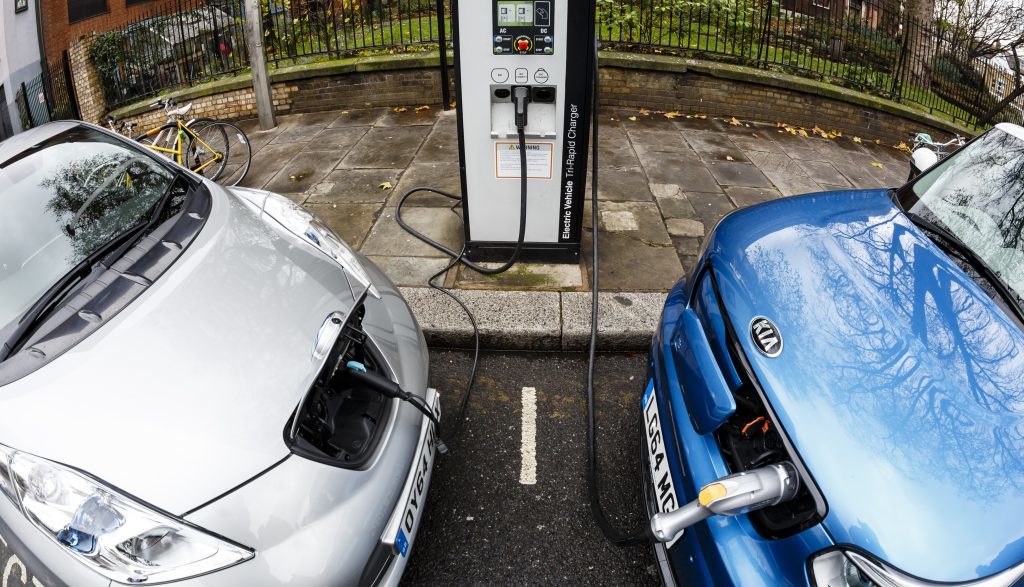
The future of automotive is rightly garnering plenty of attention right now. For decades, the sector has seen innovation confined to the fringes of design, while the fundamentals of the combustion engine have remained firmly in place.
But that’s all changing. Over in California, AI is making driverless cars a distinct possibility – even if the first test runs have not quite lived up to expectation. More realistic and much closer to mass adoption are electric vehicles (EVs).
Although still a small percentage of the global market (in 2016 EVs accounted for just over two million of the two billion cars on the road), there are plenty of indications that EVs are about to cross over into the mainstream.
For example, Morgan Stanley predicts that EVs could account for 50 – 60 percent of global sales of light vehicles by 2040. BP’s 2017 Energy Outlook says the number of electric cars will grow from 1.2 million in 2015 to around 100 million by 2035. Only a quarter of these EVs will be plug-in hybrids. The rest will be battery-only vehicles, in a period when the global car fleet will double – largely due to rising incomes and improved road infrastructure in emerging markets.
And it’s not just Tesla, with its plans to sell 1 million cars per year by 2020. From 2019, Volvo will no longer manufacture vehicles powered solely by internal combustion engines. Volkswagen, Ford, and Honda all have ambitious plans to sell more EVs. The French government has decreed that that no more gas- and diesel-powered vehicles will be sold in France after 2040.
All of which raises some serious questions for the energy markets. If Volvo and Tesla meet their goals, there will be 1.5 million more electric cars on the road in three years, replacing gasoline-fueled cars. If Ford, Honda, and Volkswagen meet their goals, then demand for auto fuel will fall even further.
This reduction in demand could be offset by an increase in car travel among newly affluent middle classes in emerging economies, but net demand is uncertain.
Then there’s the question of where the electricity needed to power these EVs come from. In a traditional grid infrastructure, we can expect demand for electricity generation to increase and with it demand for oil, coal, and gas. But the other side of the EV story is that they are, in effect, mobile batteries. As such, they have a role to play in energy storage – the Holy Grail of renewable integration and distributed energy networks.
EVs are disruptive in more ways than one. Producers, refiners and utilities are likely to see their market landscape change shape rapidly. Renewables now look much more viable, but the infrastructure for them and for EVs needs to be built up.
Among all this uncertainty, business decisions still need to be made and strategies developed. EVs represent a technological, societal, environmental and political evolution: simply looking at market reports misses vital information found in, for example, social media, tech blogs and trend reports.
Energy companies can go some way to protect themselves by using a disruptor of their own: advanced analytics that can collect, blend, and analyze data from traditional and non-traditional sources. A new way of thinking about data is needed to keep up with the new world of autos. Advanced analytics like Eka’s enable companies to evaluate changing markets in real time and respond to new market dynamics. Companies that are slow to adapt will simply be overtaken.
Michael Schwartz, Executive Vice President and CMO of Eka
Recommended for you
